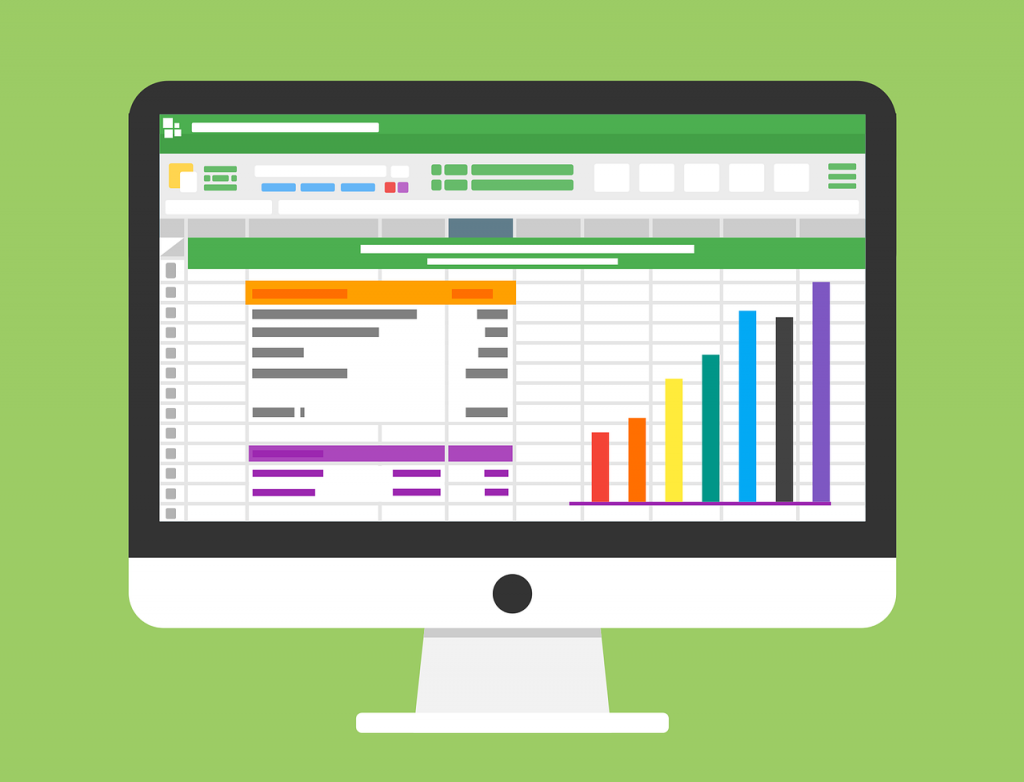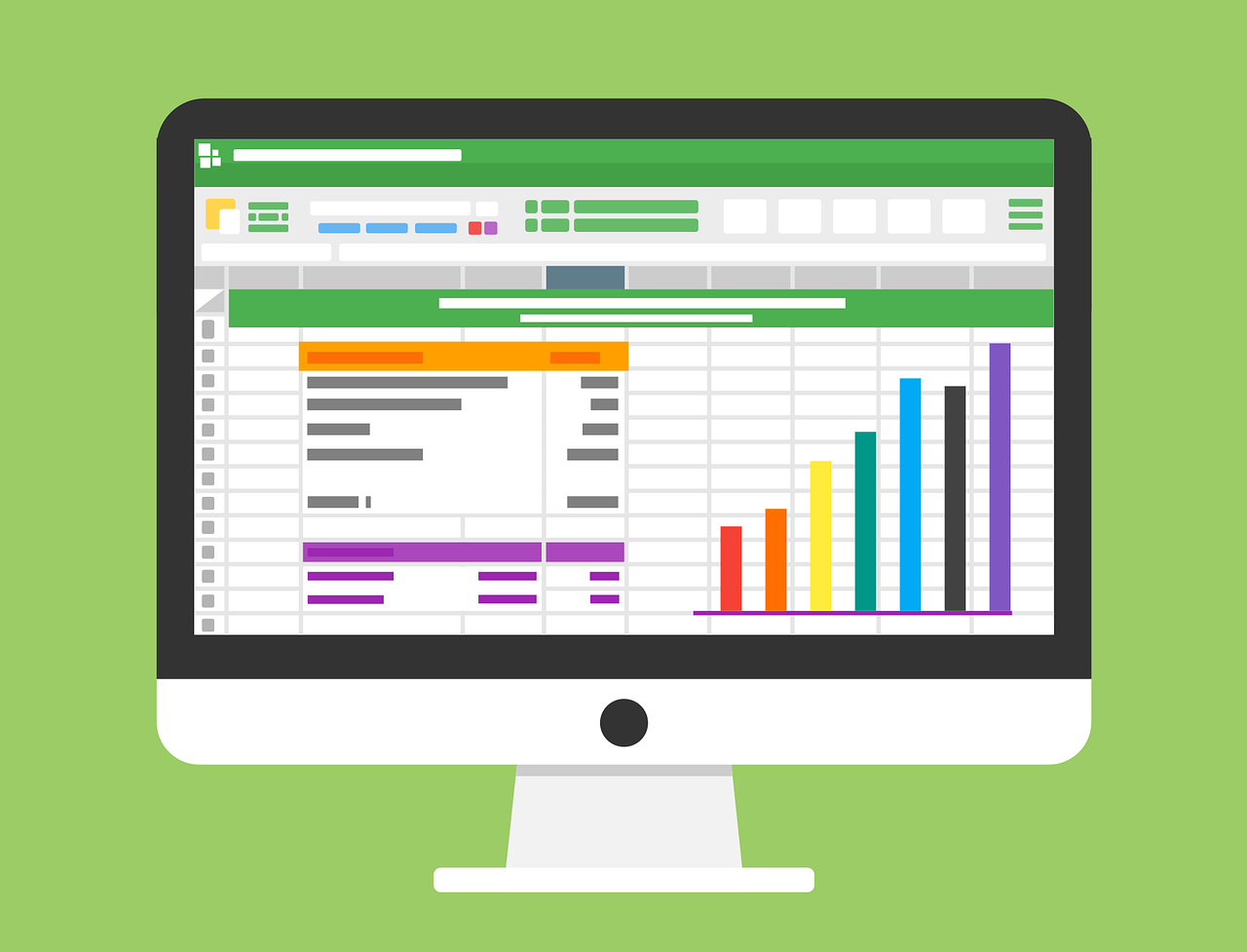When it comes to investing in gold, understanding the dynamics of supply and demand is crucial. In this article, we will explore how the forces of supply and demand influence the price of gold. As an experienced investor in gold, I can assure you that this is a topic worth delving into if you’re interested in making informed investment decisions. So, let’s dive right in and uncover the fascinating relationship between supply, demand, and gold prices.

This image is property of pixabay.com.
Factors Influencing Gold Prices
Gold prices are influenced by a variety of factors, including supply and demand dynamics, global economic conditions, the role of central banks, political uncertainty, and demand from the jewelry industry. Understanding these factors can help investors make informed decisions when it comes to gold investments. Let’s explore each of these factors in more detail.
Overview of Supply and Demand
Supply and demand play a crucial role in determining the price of gold. Supply refers to the amount of gold available in the market, while demand represents the desire for gold by consumers and investors. When supply exceeds demand, gold prices tend to decrease, whereas when demand surpasses supply, prices rise.
The interplay between supply and demand is influenced by various economic and geopolitical factors. Economic growth, inflation, interest rates, and currency strength all have a significant impact on the supply and demand dynamics of gold.

This image is property of pixabay.com.
Impact of Global Economic Conditions
Global economic conditions have a substantial effect on gold prices. Economic growth and monetary policies can influence investor sentiment towards gold. In times of economic uncertainty, investors often turn to gold as a safe-haven investment, increasing the demand for the precious metal and driving up its price.
Inflation and interest rates also play a vital role in determining gold prices. When inflation is high or interest rates are low, investors may see gold as an attractive alternative to traditional financial assets, leading to increased demand and higher prices.
Additionally, the strength of currencies, such as the US dollar, can impact gold prices. As the value of the dollar rises, gold prices tend to fall, as it becomes more expensive for holders of other currencies to purchase gold.
Role of Central Banks
Central banks around the world have a significant influence on gold prices through their management of gold reserves and gold sales and purchases. Central banks hold gold as a form of reserve asset, and changes in their buying and selling behavior can affect the supply and demand dynamics of the market.
When central banks increase their gold purchases, it signals confidence in the precious metal and can contribute to higher prices. Conversely, when central banks sell gold, it can lead to increased supply and downward pressure on prices.

This image is property of pixabay.com.
Influence of Political Uncertainty
Political uncertainty, including geopolitical tensions, trade wars, and political instability, can impact gold prices. Gold is often seen as a safe-haven investment during times of political turmoil, as it is considered a store of value and a hedge against uncertainty.
Geopolitical tensions, such as conflicts or diplomatic disputes, can trigger a flight to safety, with investors turning to gold to protect their wealth. Similarly, trade wars and the imposition of tariffs can disrupt economic stability, leading to increased demand for gold as a safe-haven asset.
Political instability, including elections or changes in government, can also contribute to volatility in gold prices. Uncertainty about the future direction of policies and regulations can drive investors towards gold as a stable and reliable investment option.
Demand from Jewelry Industry
The jewelry industry is a significant source of demand for gold. Gold has cultural significance in many countries, often associated with wealth, beauty, and luxury. The demand for gold jewelry is influenced by consumer preferences, cultural traditions, and seasonal variations.
Consumer preferences play a crucial role in gold jewelry demand. Designs, styles, and trends can influence the desirability of gold jewelry, impacting its price. Additionally, cultural traditions and customs, such as weddings and festivals, often involve the purchase of gold jewelry, leading to increased demand during specific periods.
Seasonal variations also affect gold jewelry demand. For example, the holiday season and festive periods often see a surge in gold jewelry purchases as people look for gifts or celebrate special occasions. Conversely, demand may slow down during periods of economic downturn or uncertainty.
Gold Mining Production
Gold mining production is a key factor in determining the supply of gold. Mining output refers to the amount of gold extracted from mines in a specific period. Changes in mining production can have a direct impact on the availability of gold in the market.
The geographical distribution of gold mining production also affects supply. Major gold-producing countries, such as China, Australia, and Russia, contribute significantly to global supply. Political stability, mining regulations, and environmental factors can all influence mining production in different regions.
Additionally, the discovery and availability of new gold deposits can impact supply. The exploration and development of new mining projects can add to the overall supply of gold, while the depletion of existing reserves can lead to a decrease in supply.
Recycling and Scrap Supply
Apart from mining production, the supply of gold also includes recycling and scrap materials. Gold can be recycled from various sources, including old jewelry, electronic waste, and industrial byproducts. Recycling helps to supplement the supply of gold and reduce the need for extensive mining.
The availability of scrap gold depends on factors such as consumer behavior, economic conditions, and gold prices. High gold prices can incentivize individuals and businesses to sell or recycle their gold, increasing the supply in the market. Conversely, low gold prices may discourage the recycling of gold, leading to a decrease in supply.
Gold Reserves
Gold reserves held by central banks, governments, and financial institutions can also impact the supply of gold. These reserves represent the stockpile of gold held for various purposes, including currency stabilization, international trade, and financial security.
Changes in gold reserve holdings by central banks can have a significant effect on gold prices. Large-scale purchases or sales of gold reserves can increase or decrease the supply of gold in the market, respectively. The buying or selling behavior of central banks is closely monitored by investors and can influence market sentiment towards gold.
Investor Demand
Investor demand for gold is another important factor driving its price. Investors purchase gold as a means of diversifying their portfolios and protecting against market downturns. The demand for gold as an investment can be influenced by various economic and geopolitical factors.
During times of economic uncertainty or market volatility, investors often turn to gold as a safe-haven asset. The perception of gold as a store of value and a hedge against inflation and currency fluctuations drives investor demand. Increased investment demand can drive up gold prices.
Investor sentiment, market conditions, and monetary policies are key drivers of investor demand for gold. Changes in interest rates, stock market performance, and the overall economic outlook can influence investors’ perception of gold as an attractive investment option.
Central Bank Demand
In addition to managing gold reserves, central banks also contribute to the demand for gold. Central banks purchase gold as a means of diversifying their reserve portfolios and reducing the reliance on fiat currencies. These purchases are often driven by factors such as monetary policy considerations, geopolitical developments, and currency stability.
Central bank demand for gold can have a significant impact on its price. Increased purchases by central banks signal confidence in the precious metal and can contribute to higher prices. The demand from central banks is closely monitored by investors as an indicator of market trends and can influence investor sentiment towards gold.
Industrial Demand
Gold has various industrial applications, driving demand from sectors such as electronics, dentistry, and aerospace. The unique properties of gold, including its conductivity, corrosion resistance, and malleability, make it a valuable component in electronic devices, dental restorations, and aerospace components.
The demand for gold in the electronics industry is particularly significant, with gold used in the production of circuit boards, connectors, and other electronic components. As technology continues to advance, the demand for gold in the electronics sector is expected to grow.
Furthermore, gold is widely used in dentistry for its biocompatibility and aesthetic qualities. Gold alloys are used in dental restorations, including crowns and bridges, due to their durability and resistance to corrosion.
The aerospace and space industry also rely on gold for its thermal and electromagnetic properties. Gold-plated components and coatings are used in spacecraft and satellites to protect against extreme temperatures and radiation.
In conclusion, gold prices are influenced by a wide range of factors, including supply and demand dynamics, global economic conditions, central bank actions, political uncertainty, and demand from the jewelry industry. Understanding these factors can assist investors in making informed decisions when it comes to gold investments. Whether it be analyzing the interplay between supply and demand or considering the impact of global economic conditions, a comprehensive understanding of the factors influencing gold prices is crucial for successful investment strategies.



